See It For Yourself!
Showing all 10 results
-
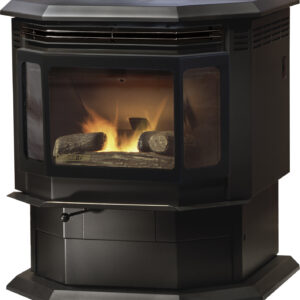
Quadra-Fire Classic Bay 1200 Pellet Stove
-
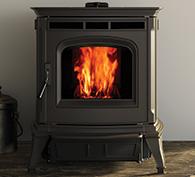
Harman Absolute63 Pellet Stove
-
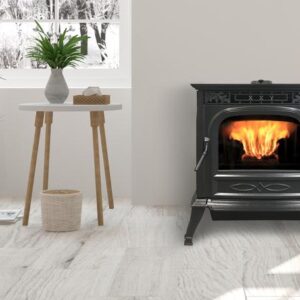
Harman XXV-TC Pellet Stove
-
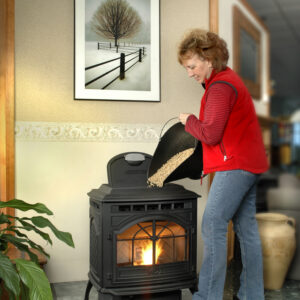
Quadra-Fire Castile Pellet Stove
-
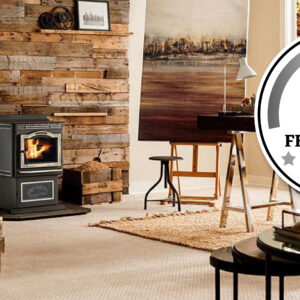
Harman P43 Pellet Stove
-
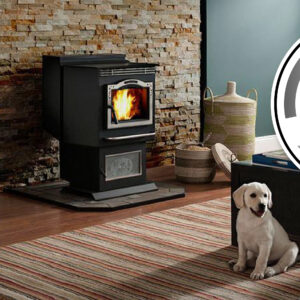
Harman P61A Pellet Stove
-
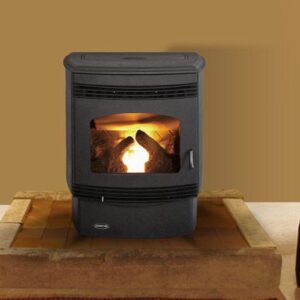
Quadra-Fire Santa Fe Pellet Stove
-
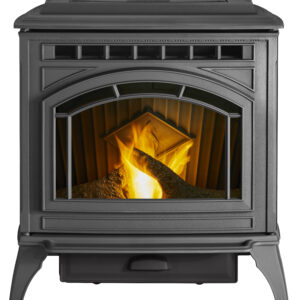
Quadra-Fire Trekker Series Pellet Stove
-
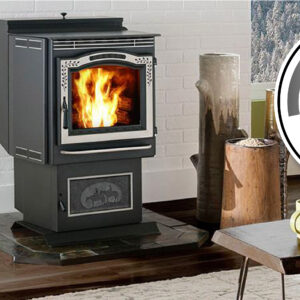
Harman P68 Pellet Stove
-
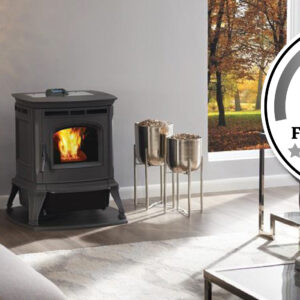
Harman Absolute43 Pellet Stove
Visit Us
High Country Stoves & Fireplaces is committed to serving the families of southeastern Wyoming and north central Colorado with the best service, the best stoves, fireplaces, inserts, and hearth products. Let us help you devise the smartest strategy for improving the warmth and comfort of your home.
Our Service Area is within a 100-mile radius around Laramie, including Albany, Carbon, Laramie, Platte & Goshen Counties in Southeastern Wyoming and Larimer County and Jackson County in North Central Colorado.
Our Store Hours:
Mon – Fri: 9:30 am to 6:00 pm
Sat: 10:00 am to 3:00 pm
Sun: CLOSED

